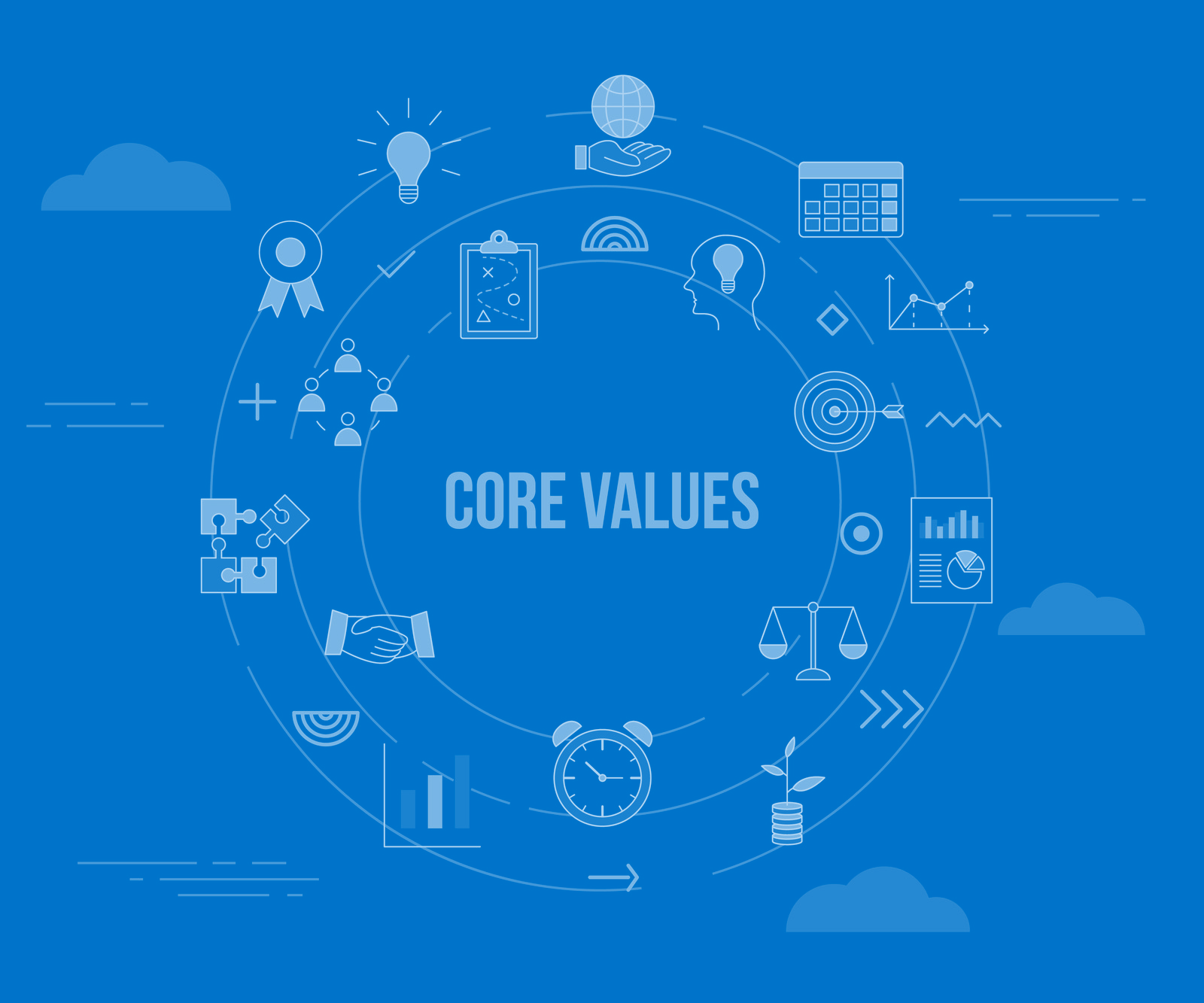Creating Meaningful Content for Your B2B Customers
Brand personality, value, and differentiations at the center
Today we are going to talk about the always great, always mysterious topic of content. Let’s add another layer of mystery and make that B2B content for high-tech companies…now we’re talking!
1. Identify your target audience:
The first step in creating effective B2B content is to understand who your target audience is. Decision-makers and influencers. What are their pain points, challenges, and goals? What type of content do they prefer and what channels do they use to consume information? According to a survey by the Content Marketing Institute, 86% of B2B marketers prioritize audience understanding over all other content creation activities.
2. Define your content goals:
Once you understand your target audience, you need to define what you want to achieve with your content. Do you want to generate leads, increase brand awareness, or educate your audience about your products and services?
3. Develop a content strategy:
Based on your target audience and content goals, develop a content strategy that outlines the types of content you will create, the channels you will use to distribute it, and the metrics you will use to measure success.
4. Create a buyer’s journey map:
A buyer’s journey map outlines the steps your target audience takes from awareness to consideration to decision-making. This will help you create content that addresses their specific needs at each stage of the journey.
5. Invest in high-quality content:
Invest in creating high-quality content that provides value to your target audience. This includes videos, blogs, whitepapers, case studies, infographics, thought leadership pieces, and more. According to a survey by Demand Gen Report, 91% of B2B buyers are more likely to purchase from a company that provides custom content, such as videos, whitepapers, and case studies.
6. Make use of data and statistics:
High-tech products and services often involve complex technical concepts and data. Use data and statistics to help your audience understand the value of your products and services. A study by the Content Marketing Institute found that including statistics in your content can increase engagement by 90%.
7. Utilize video:
Video is a highly effective tool for educating and engaging your target audience. Use it to demonstrate your products, explain complex concepts, and showcase customer success stories. A survey by Wyzowl found that 84% of people have been convinced to buy a product or service after watching a brand’s video.
8. Optimize for search engines:
Make sure your content is optimized for search engines so that it can be easily found by your target audience. Use keywords, meta descriptions, and header tags to improve your search engine rankings. According to Search Engine Journal, 53% of website traffic comes from organic search, making search engine optimization a critical component of any B2B content marketing strategy.
9. Distribute your content:
Once your content is created, distribute it through the channels your target audience uses. This includes your website, social media, email, and industry publications. A survey by the Content Marketing Institute found that 70% of B2B marketers distribute their content through social media.
10. Measure and adjust:
Finally, measure the success of your content and adjust your strategy as needed. Use analytics to track engagement, lead generation, and conversion rates, and make changes to improve your results. A study by the Content Marketing Institute found that companies that regularly measure and adjust their content marketing are 13 times more likely to see a positive ROI.

1. Company overview, explainer, and live-action videos:
Video is by far the most engaging and visually appealing way to communicate your company’s message and showcase your products and services. Company overview and explainer videos provide a comprehensive overview of your company and its offerings, while live-action videos show your products and services in action, providing your target audience with a real-world understanding of what your company has to offer.
2. Customer success stories:
Essentially tell your prospects “don’t take our word for it … see what our customers have to say about our products and services.” Make them the hero by explaining how you’ve helped them overcome business challenges and achieve their goals. They provide real-world examples of the value your company provides and help build trust with your target audience. Often, a strong customer success story will be the sales tool that takes prospects over the hump and into a buying decision.
3. Thought leadership pieces:
Stand out from your competition with thought leadership pieces that communicate the courage of your convictions. Showcase your company’s expertise and knowledge on a specific topic. They help position your company as a thought leader in your industry and build credibility with your target audience.
4. Webinars:
Take your message “live” with online presentations that provide your target audience with educational and informative content in real time. Have clients, channel partners or industry pundits join you to get a 3rd party’s perspective. They are a great way to engage with your target audience, answer questions, and build relationships. You can even record them in advance and use them for evergreen campaigns.
5. eBooks:
Perfect for top-of-funnel campaigns, eBooks are comprehensive guides that cover a specific topic in depth. They are a great way to represent your brand with compelling copy and eye-catching imagery. Educate your target audience about your products and services and provide valuable information that will help them make informed purchasing decisions.
6. White papers:
Go in-depth with informative, and educational pieces of content that provide solutions to specific problems or address industry trends and challenges. They are highly effective in educating your target audience about your products and services and positioning your company as a thought leader in your industry.
7. Infographics:
By far the best way to visually represent data and information that’s easy to understand and share. They are a great way to present complex information in a visually appealing way that is easy for your target audience to understand.
8. Product demos:
Give a hands-on demonstration of your products and services, allowing your target audience to see how they work in real-world situations. Animated “canned” product demos ensure you’re always showing products and services in their ideal utility (not relying on a fast internet connection when Murphy’s Law always surfaces.) They are a great way to educate your target audience and help them make informed purchasing decisions.
9. Case studies:
Share real-world examples of how your products and services have helped other companies achieve their goals. They are a great way to showcase the value your company provides and build trust with your target audience.
10. Blogs:
Blogs are a great way to regularly share information and insights on topics relevant to your target audience. They provide value to your target audience and help build trust and credibility with your company.
11. Podcasts:
Everyone has a favorite Podcast… why not it be yours? Podcasts can be downloaded and listened to on demand. They are a great way to provide your target audience with long-form educational and informative content and build relationships with your target audience.
